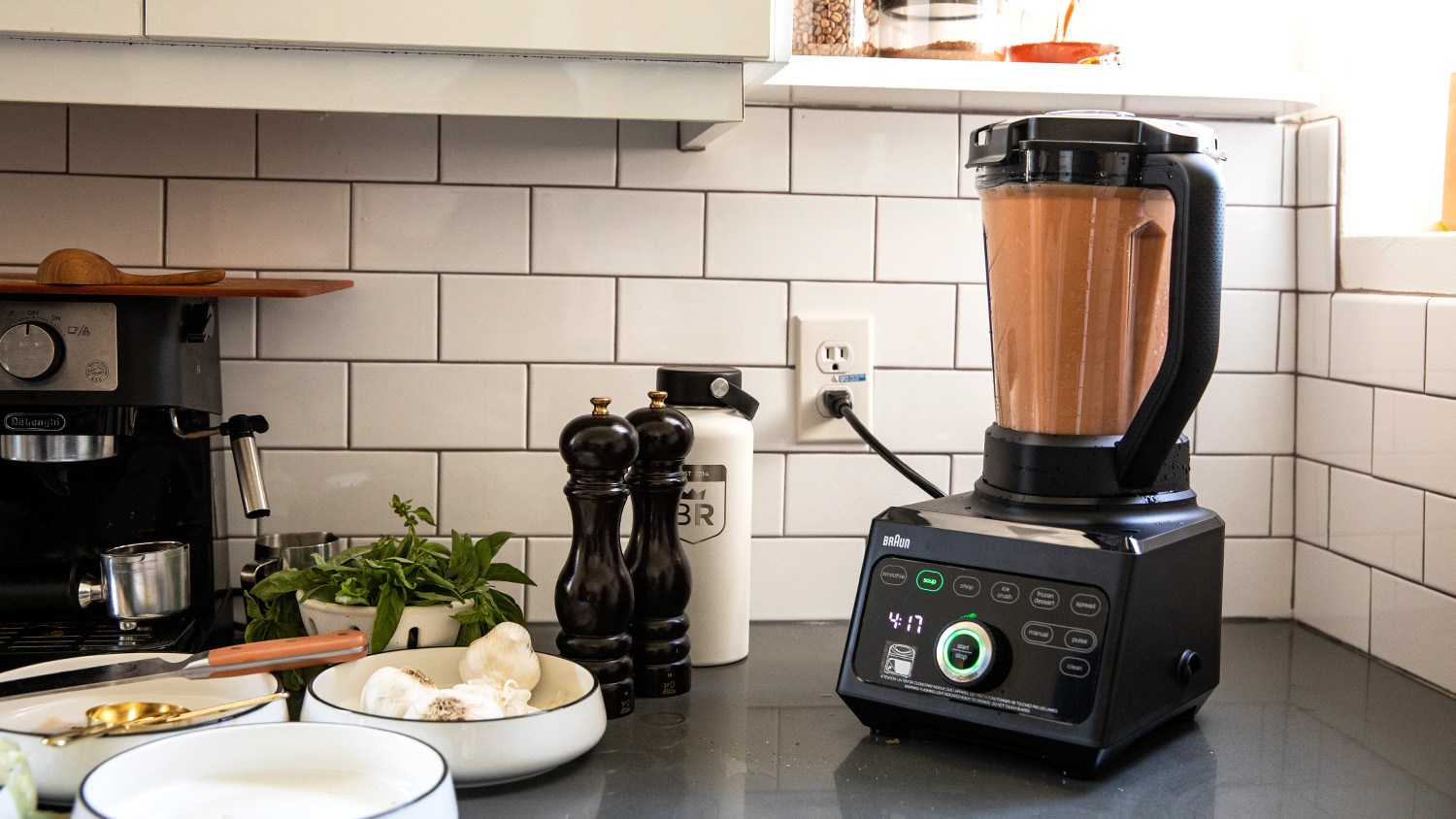Los Angeles officials pleaded for an end to the violence Monday as protests swept the city for the sixth straight day. But organizers say the rage will only diminish once city leaders do more to address the systemic racism at its roots.
Protests continued across the region Monday evening, past a countywide curfew that went into effect at 6 p.m., and police were working to quell them. L.A. Mayor Eric Garcetti said he supports peaceful demonstrations, but some have chosen to “hijack this moment, and this movement, to their own destructive ends.”
The FBI on Monday said it’s sending investigators to L.A. to identify those engaging in looting and other crimes “unrelated to peaceful protests.” But some demonstrators say the violence isn’t unrelated to police brutality, it’s a response with a clear message: This is unacceptable.
“Conversations aren’t enough,” Patrisse Cullors, a cofounder of Black Lives Matter L.A., told KTLA Monday. “A conversation didn’t stop George Floyd from dying. … And what we need is structural change, and that looks like a defunding of our local law enforcement, it looks like holding lots of cops accountable, and it looks like really seeing these protesters as people who have righteous rage who also want change.”
Perhaps one of the tensest standoffs yet between law enforcement and protesters occurred Saturday in the Fairfax District. On Melrose Avenue alone, 88 buildings were destroyed, according to L.A. Police Chief Michel Moore.
On Sunday, just under 700 protesters were arrested, including around 70 people suspected of looting businesses, according to Moore. More than 900 people were arrested across the previous two days.
Moore promised his agency would work to bring back the “lives of businesses,” and said those participating in unrest were doing more to hurt their cause than help it.
“We didn’t have protests last night. We had criminal acts,” Moore said Monday. “We got people going to death on this man, George Floyd. We had people capitalizing. His death is on their hands, as much as it is those officers’.”
Moore later said he misspoke and clarified his sentiments.
“Some are using it as a catalyst to justify violence,” he said. “And so I misspoke when I said his blood is on their hands. Certainly, your actions do not serve the enormity of his loss, and cannot be in his memory.”
Moore said he did not think any change was accomplished by the weekend’s demonstrations, but asked for the community’s help “to get this back in control.” He also asked protesters to “encourage the officers in the field that they matter.”
The chief has also invited Black Lives Matter to speak with his department and county prosecutors. But Cullors called that a “cop out,” saying ongoing conversations have yet to result in real change.
“When you tell me that you want to meet with me, and at the same time I’m witnessing your law enforcement officers rubber bullet and tear gas our community members, that’s not actually wanting to meet with me,” she said. “That’s just putting a Band-Aid over decadeslong of pain.”
Connie Rice, co-director of the Advancement Project in L.A., said wounds from the Rodney King riots in 1992 and many other uprisings before have resurfaced because of a failure to address structural issues.
“If you don’t end the spiral of despair, you will have riots, over and over and over again,” she said. “So we didn’t learn the lessons. And when we made progress, it hasn’t been fast enough or systemic enough.”
Rice said she understood BLM’s refusal of dialogue.
“The pain and the rage are too great,” she said. “It’s been 400 years. … The damage has reached a tipping point.”
Moore called the nighttime curfews enacted since Saturday the harshest measure taken in L.A. since 1992’s insurrection. By Tuesday morning, more than 2,000 National Guard troops will be stationed in the city, and all 13,000 LAPD officers will be mobilized to respond to the unrest.
“Those are terrible, tragic circumstances, but they are needed,” he said.
Cullors says the protests she attended turned violent only after police show up.
“There’s been pepper spray, people have been tear gassed, people have been rubber bulleted,” she said. “And so we need to challenge this idea of what violence is looking like at this moment.”













